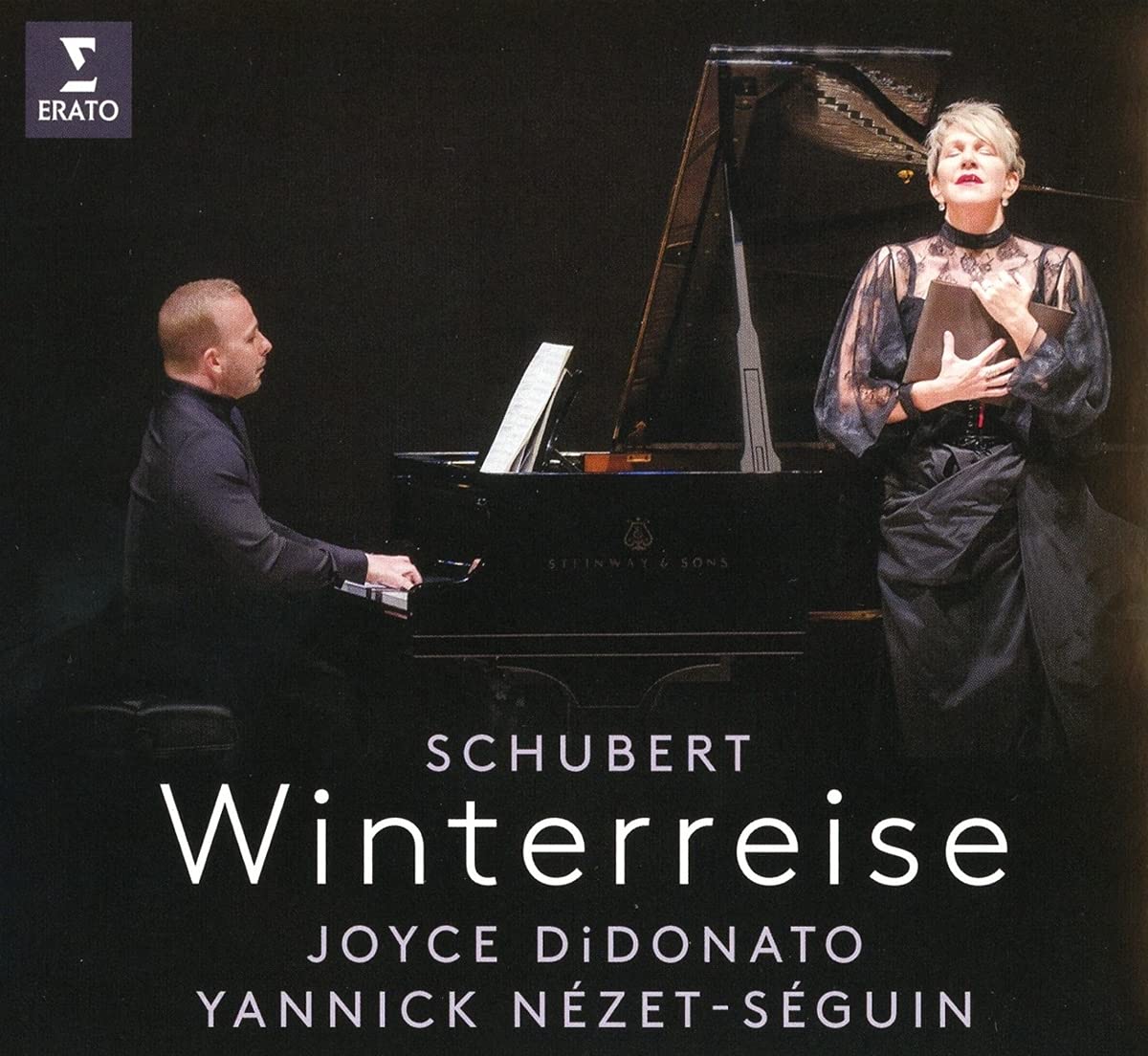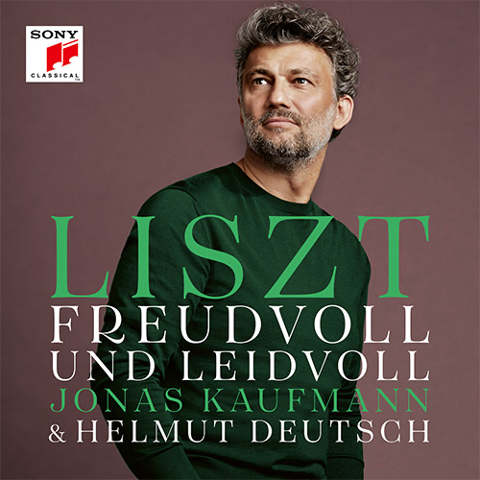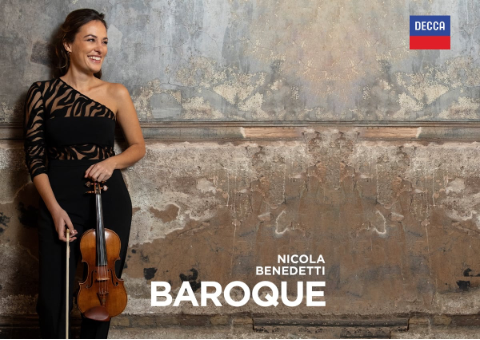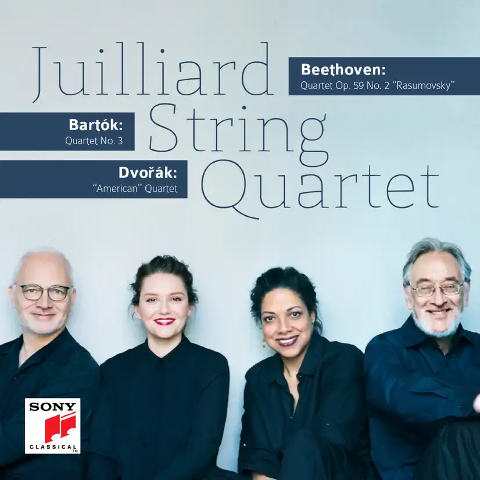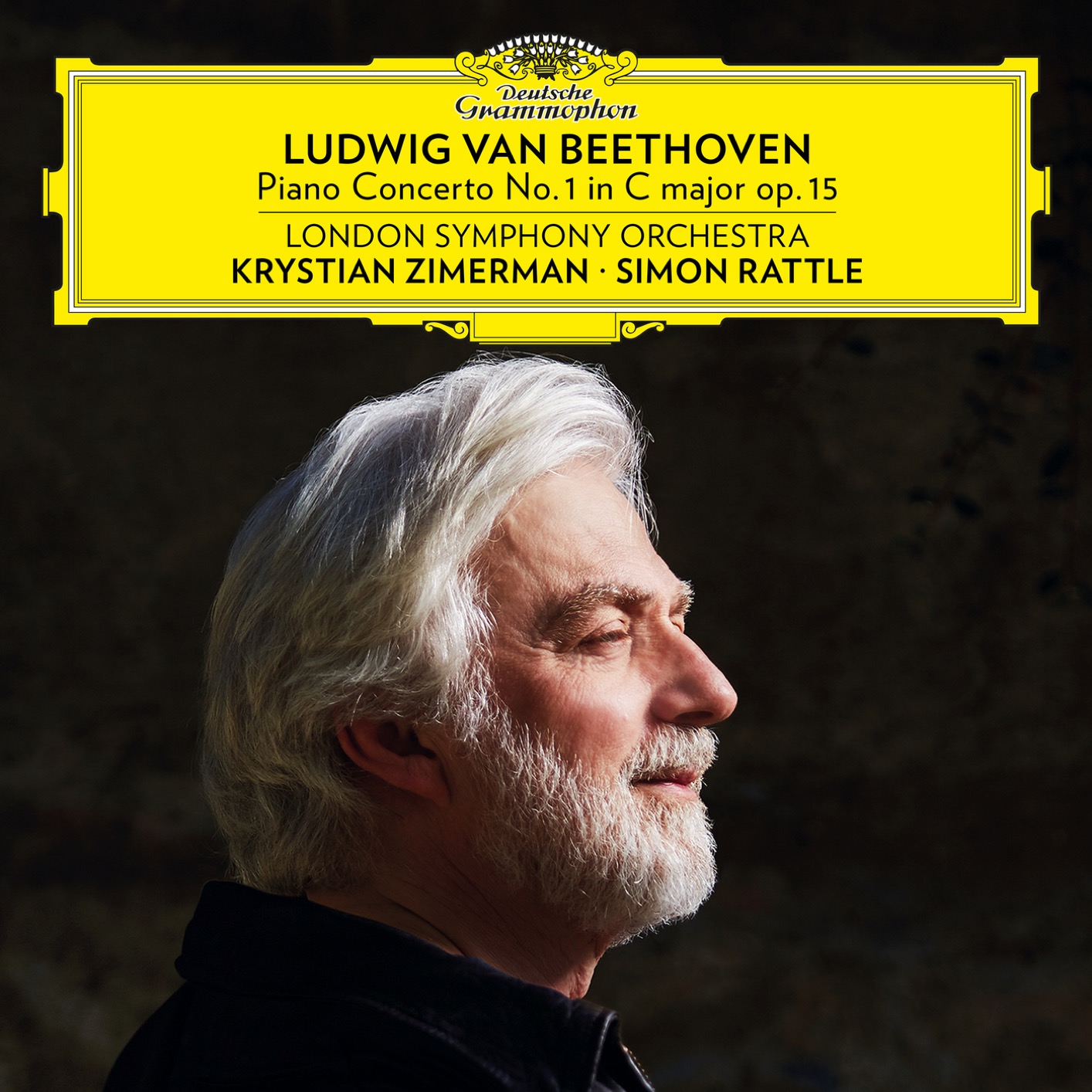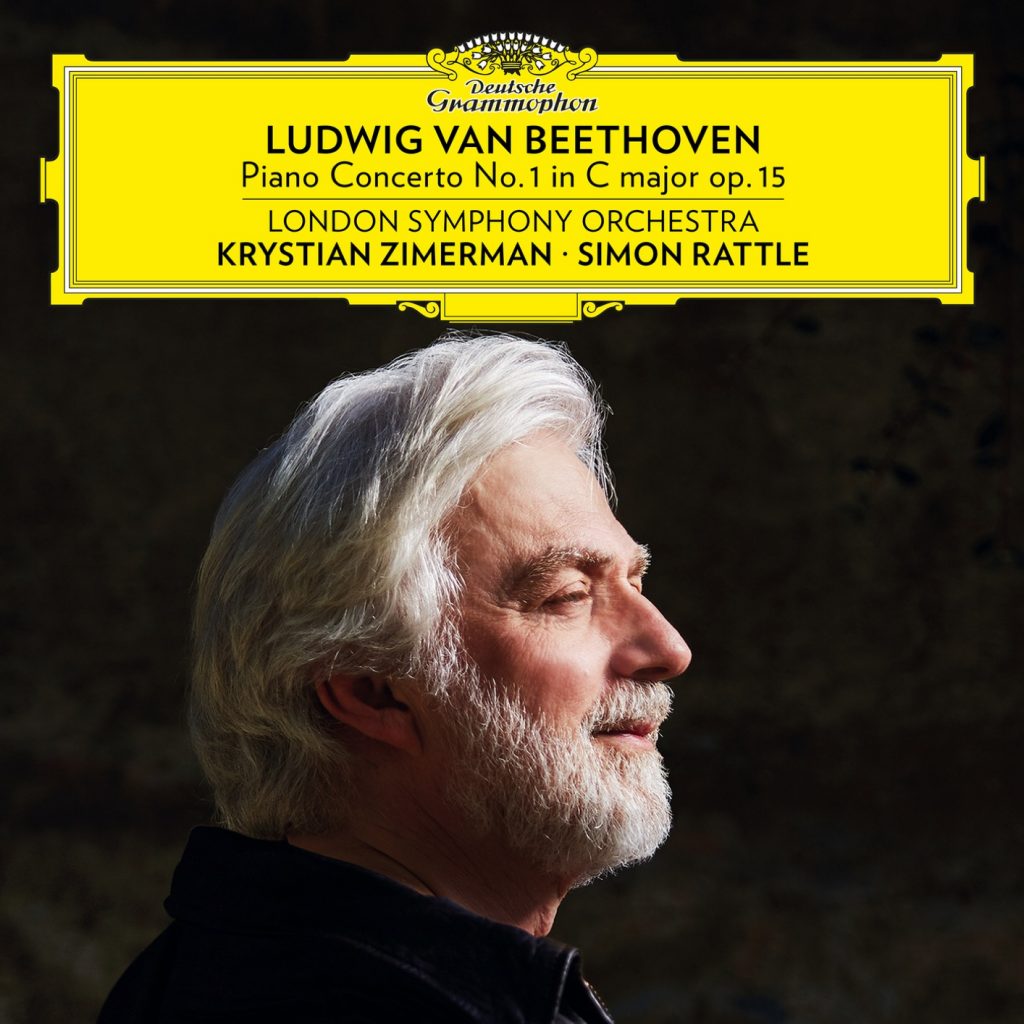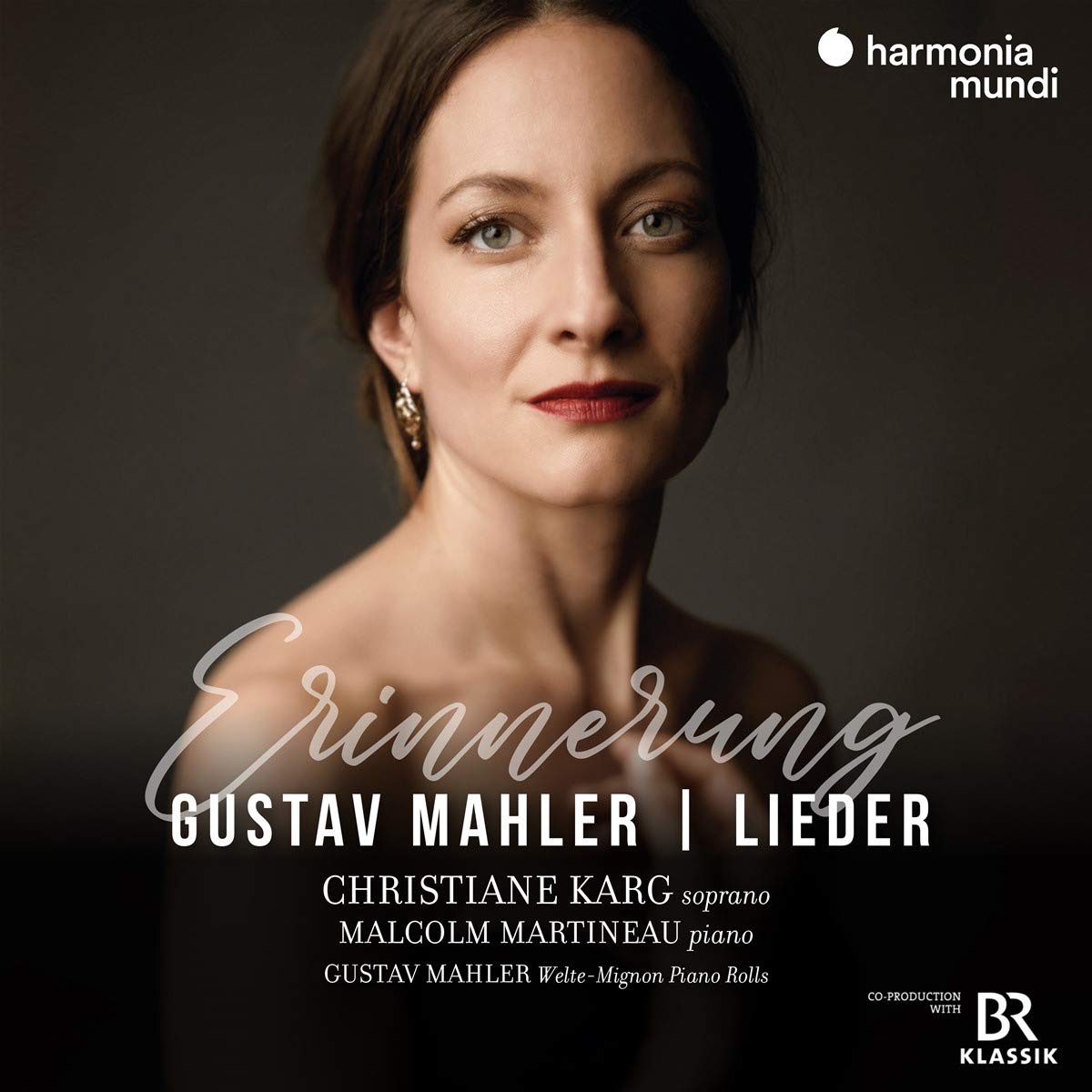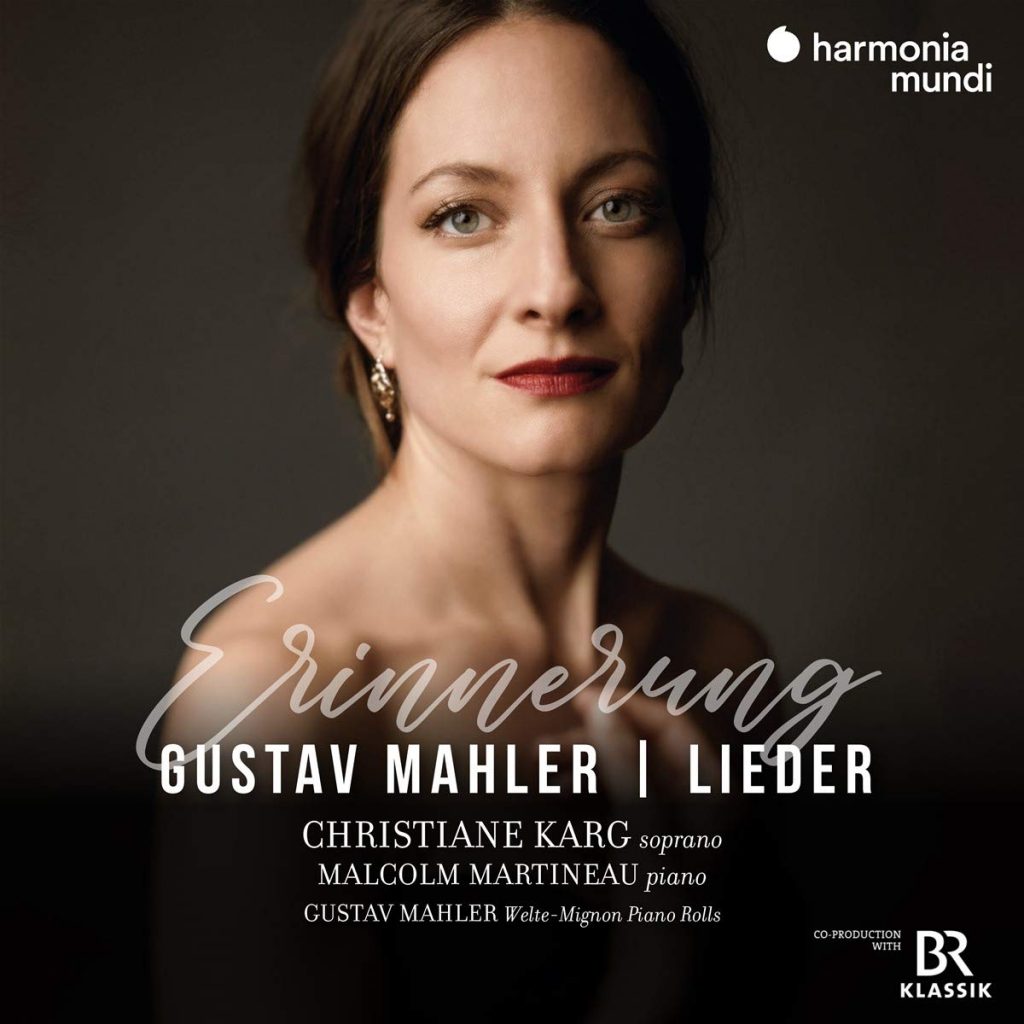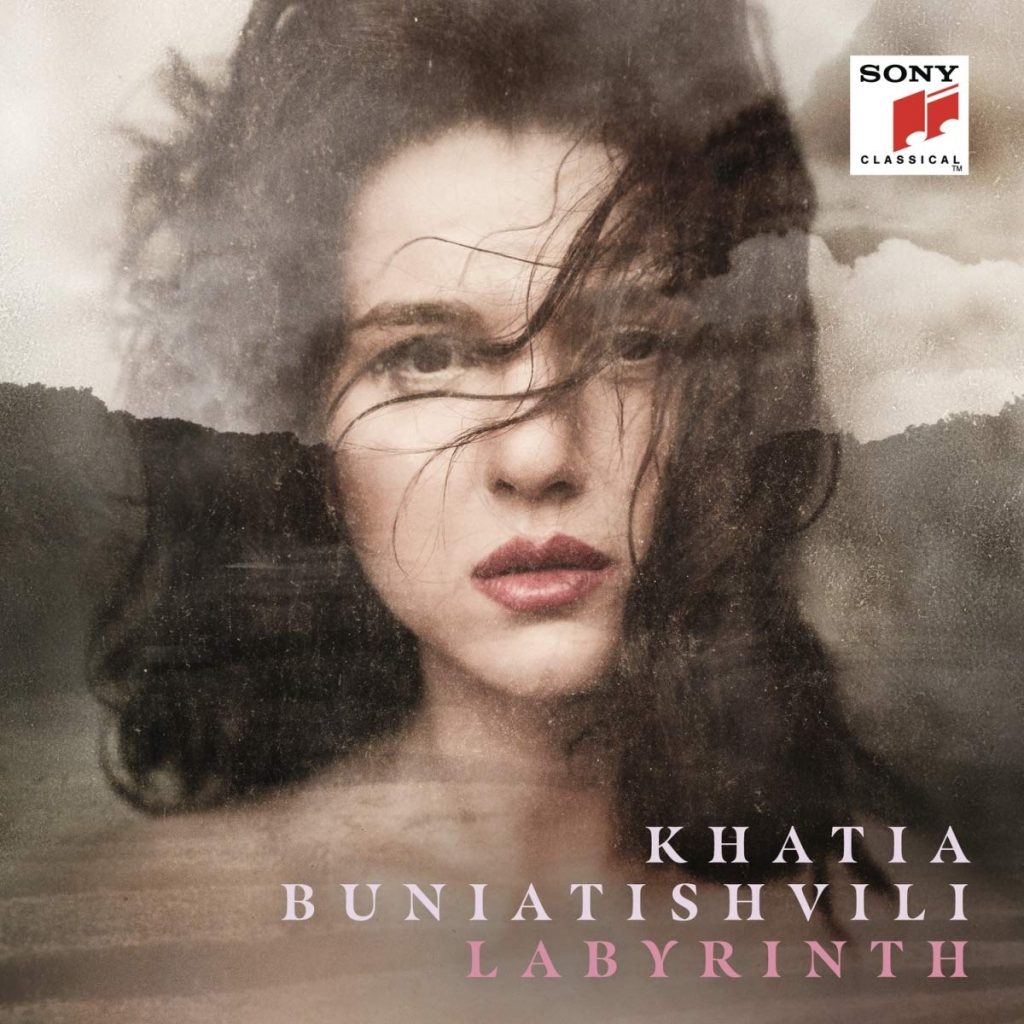UNRELEASED – CECILIA BARTOLI
Unreleased Gems: Cecilia Bartoli’s Journey Through Concert Arias
Sarah Dunlop, November 2021
Cecilia Bartoli’s “Unreleased” is a compilation of mostly concert or insertion arias, recorded in 2013 but not previously released. While the selection features some well-known pieces, it also introduces listeners to the works of Josef Mysliveček, a lesser-known composer who had a significant influence on the younger Mozart.
Despite being one of Decca’s best-selling classical artists, these Swiss recordings were kept under wraps for over eight years. Perhaps Bartoli initially hesitated to share them, but now, the time has come to reveal the emotions captured in these masterful performances.
The late 18th-century scenas showcased in the album witness Bartoli’s mezzo-soprano voice in its evolved state, with a darker and more enigmatic middle register by 2013. Yet, her dramatic flair and innate ability to connect with the essence of the music remain as vivid as ever. Each character she portrays emerges as a vibrant and distinct individual, a testament to her artistry that defies bland generic interpretations.
Italian-born musicians have a natural advantage in this repertoire, and Bartoli’s skillful use of her native language infuses every phrase with nuanced expressiveness. From the venomous rolled ‘r’ that opens Beethoven’s ‘Ah! perfido’ to the impassioned recitatives, Bartoli’s delivery possesses the power of a seasoned tragic actress. Her rendition of Mozart’s ‘Ah, lo previdi!’, a vocal masterpiece, is an intense experience as she fearlessly embodies the desperate Andromeda, grieving for her dying husband while yearning for her own release.
The album also presents delightful duets with the acclaimed violinist, Maxim Vengerov. Together, they explore ‘Non temer, amato bene’ from Idomeneo and the beloved ‘L’amerò’ from Il re pastore, creating moments of tender yearning and seamless musical synergy. Although the violin’s playful interludes in the second part of Idamante’s scena might challenge the literal meaning of the words, Bartoli’s passionate performance compensates beautifully.
An exceptional rarity in the album is the lyrical aria for the lovelorn and wavering Sesto from Mysliveček’s La clemenza di Tito, predating Mozart’s setting by almost two decades. Bartoli brings an inward grief to the piece, skillfully utilizing the chromaticism written by Mozart to challenge soprano Josepha Duschek, thus intensifying the character’s troubled state of mind. In the Allegro, Bartoli’s signature piledriver coloratura, though polarizing, contributes to an expressionist climax that echoes the extremes she fearlessly explores in her Scena di Berenice.
Throughout the album, the Basel Chamber Orchestra, under the skilled baton of Muhai Tang, provides sensitive accompaniment, enhancing the emotional journey. However, the balance occasionally favors Bartoli, muting the subtlety of Haydn’s woodwind colors in the Scena di Berenice. Nevertheless, her devoted followers will cherish the exceptional artistry showcased in “Unreleased,” and Decca redeems itself with full texts, translations, and an insightful essay by Markus Wyler, providing context to each composition. This long-awaited collection unearths a spectrum of emotions, where Bartoli’s passion and artistry take center stage, making it a captivating and indispensable addition to any classical music lover’s collection.


